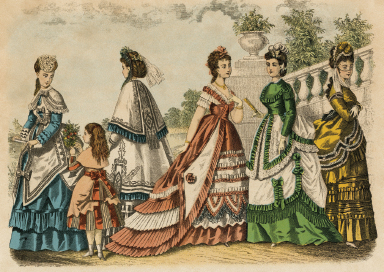Magazines in Nineteenth-Century America: Specialization and General Interest
Printed Page 98

As the nineteenth century dawned, the magazine industry remained somewhat unstable in the newly created United States. During 1800–1825, about five hundred such periodicals had cropped up and then withered. However, as the century progressed, the idea of specialized magazines devoted to certain categories of readers gained momentum—leading to the creation of religious magazines, literary periodicals publishing the works of important writers of the day, and magazines devoted to professions such as law and medicine.
The nineteenth century also saw the birth of the first general-interest magazine aimed at a large national audience: the Saturday Evening Post, launched in 1821. Like most magazines of the day, the early Post included a few original essays but reprinted many pieces from other sources. Eventually, however, the Post grew to incorporate news, poetry, essays, play reviews, and the writings of popular authors such as Nathaniel Hawthorne and Harriet Beecher Stowe.
The Post was also the first major magazine to appeal directly to women, through its “Lady’s Friend” advice column. This new device may have served as an inspiration. In 1828, Sarah Josepha Hale started the first magazine directed exclusively to a female audience: Ladies’ Magazine. In addition to general-interest pieces including essays and criticism, the periodical advocated for women’s education, work, and property rights. Other women’s magazines—including the hugely successful Godey’s Lady’s Book—would soon follow.